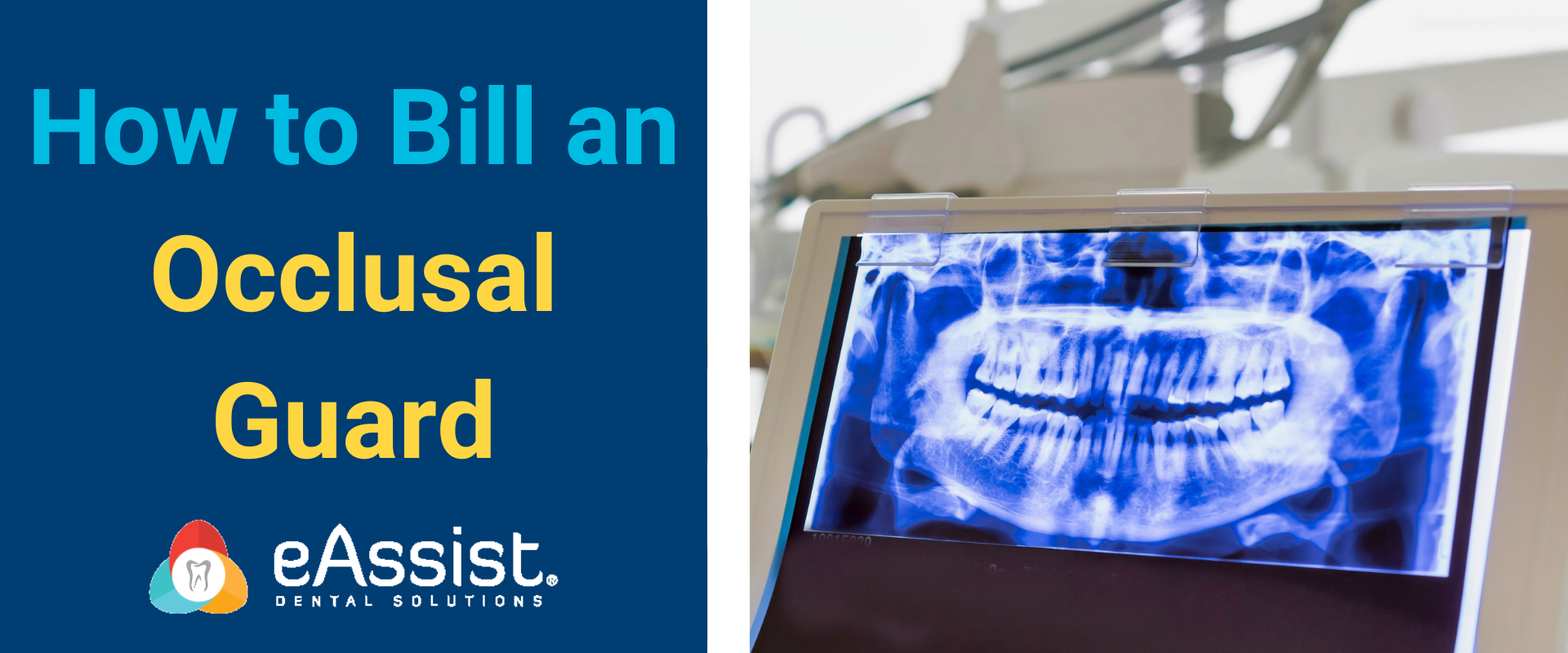Your blood pressure is rising as you read the latest denial for a claim you have submitted for payment. It may be the first appeal or it may be the third but still the same results: DENIAL.
What do they want?
You have checked the eligibility and the benefits and all are verified. There is money left in the calendar year maximum to cover this particular procedure. There aren’t any wait periods for this procedure on the policy or applicable frequency limitations. You have double checked the code to see if it is a current CDT, ADA code and it was the correct code for the procedure. Your narrative was concise and you sent in the required x-rays and documentation so now what? After all this is the typical process when sending a claim for payment and usually it works. Many offices will close the claim and send the statement to the patient for payment at this point. If you choose to fight, here are things to consider.
- Follow the appeal protocol of the insurance company that denied the claim. Each company has its rules for appeals. You can obtain this from their website or there is usually information on the denial EOB on the bottom of the page or on the second page of it.
- Construct a formal letter on your letterhead. No hand written notes on the EOB or original claim.
- Don’t skip the details on the letter. Your full address, phone and email contact information; the patients full name, address, phone number, date of birth, Member ID, claim # or and check # and also a reference number for the claim if you have one.
- Stick to the clinical facts that support the procedure. Use the doctor or other provider’s clinical notes. If they aren’t complete, ask for clarity and have the providers update the notes in the clinical chart. Don’t say what might have or will happen in the future if the procedure wasn’t performed. Insurance companies don’t pay for your professional intuition.
- Give more detail to the narrative than to the previous submitted such as: “#2 URM decay under existing restoration, lack of remaining tooth structure, full crown necessary.” Label it ADDITIONAL INFORMATION: “ #2 URM recurrent decay under failing MODL composite; placed 5 years ago, less than 50% of supragingival tooth structure present, cusp fracture, full crown necessary.
- Look at the x-rays that you sent. Are they of good diagnostic quality and do they clearly show the whole tooth. If you sent one periapical, now send the bitewing or the full mouth x-ray if there are missing teeth in the arch. If the x-ray does not give enough visible evidence to the necessity then include a labeled intra-oral photo with arrows pointing to the evidence. Insurance companies do not have detailed reasons for turning down a claim; often they choose “missing information that supports claim”, or “pending action.” Unless you can speak directly to a representative or a supervisor, you have to read between the lines as to what they want. When you perform a crown or bridge on a patient that is under periodontal care or has periodontal disease, submit the periodontal charting to show that there is enough supporting bone. Write this in narrative also. If you are doing a crown on a tooth that has had endodontic therapy, send the final report letter from the endodontist stating the prognosis status (“favorable”).
Don’t use the verbiage to describe the condition that was used in the denial.







0 Comments